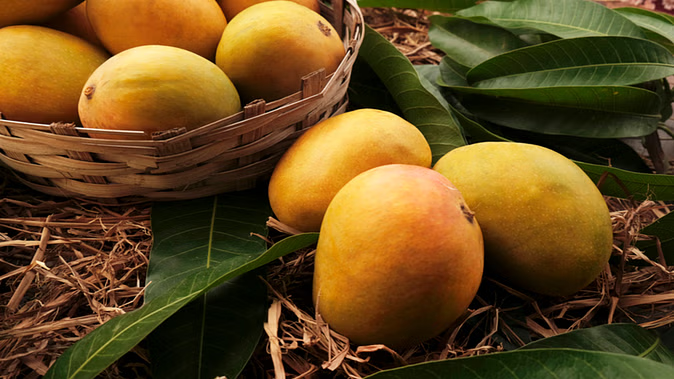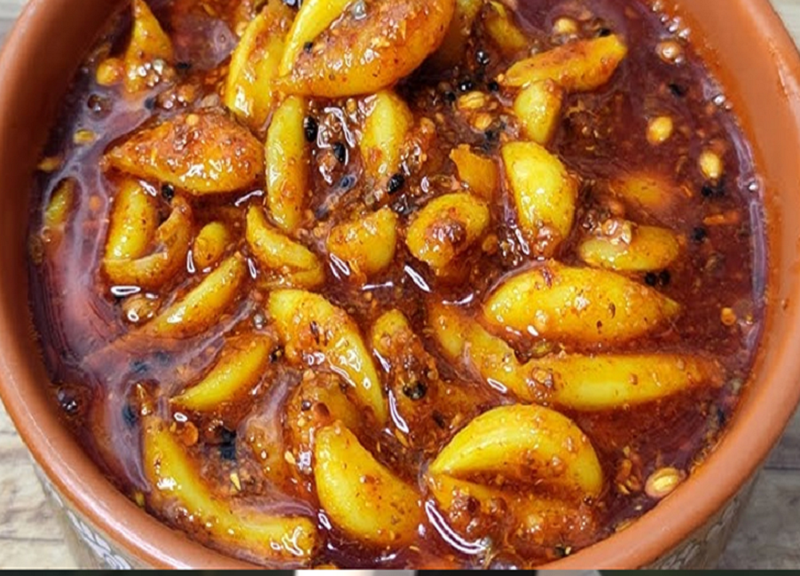As soon as the summer season arrives, people have to face the scorching heat and sweat. In such a situation, people stay at home to avoid the heat and run coolers and ACs, but amidst all this, the summer season is also known for mangoes. People consume a lot of mangoes in summer. Many types of mangoes like Dussehri, Totapuri, Langra, Safeda, and Sindoori are easily available in the market. But is the mango you are consuming for real? Has there been any adulteration in that mango? Are you buying sweet or sour mango? Many such questions must be in your mind before buying mangoes. But no problem because you can know about this in detail here. So let's know about this...

In this way find out about adulterated mango:-
If you want to identify adulterated mango, you can do this by looking at its peel. If the mango has been ripened with the help of some chemicals, then you will see many types of stains on the mango peel. In such a case, you should avoid consuming mango.
On the other hand, before buying a mango, make sure that the mango is naturally ripe, that is, it has ripened on its own and no chemical has been used in it, then you will not see any stain on the peel of the mango.
Do not buy such mangoes:-
Whenever you buy mangoes from the market, keep in mind that if any mango has wrinkles or lines on it, then do not buy such mangoes.
It is also advisable to avoid buying mangoes that are flat, sunken or very thin.
This is how you can identify sweet and sour:-
Whenever you buy mangoes, you can identify sweet and sour mangoes in one way. In this, you have to touch the mango and see that if the mango is tight, it means that the mango is still raw and can be sour. Whereas, if the mango is soft on touching, then it can be a ripe mango.
(PC: ISTOCK)










